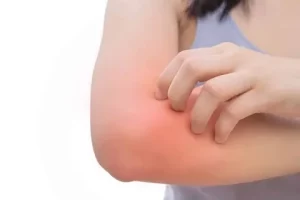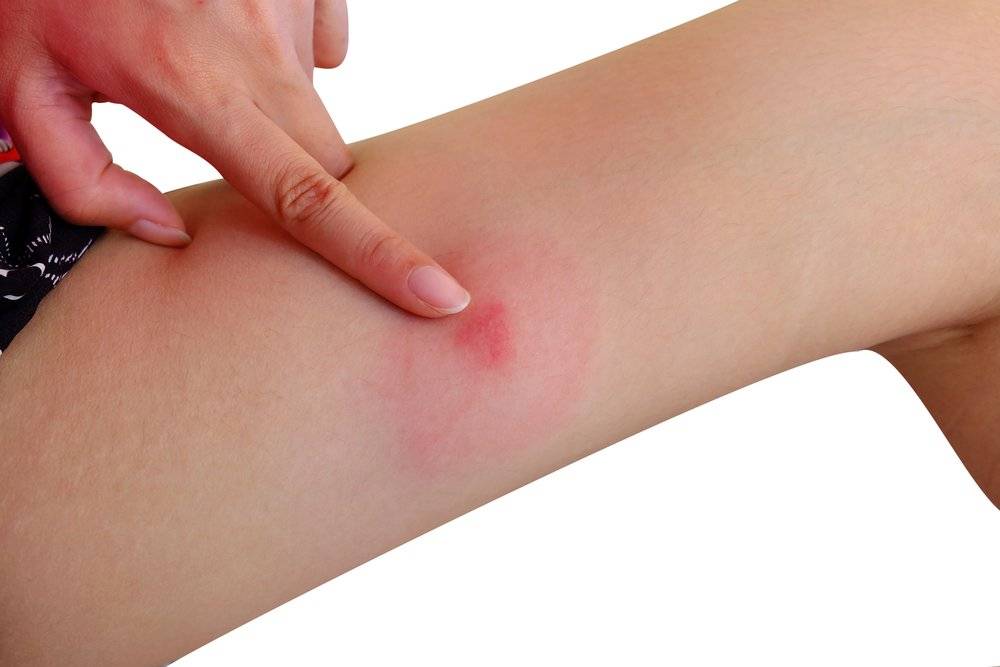Introduction
Signs That Cellulitis, characterized by bacterial infiltration into the deeper layers of the skin, represents a prevalent dermatological concern, particularly in the United States, where over 14 million individuals are affected annually. The condition typically arises from a breach in the skin’s integrity, allowing bacteria to penetrate and incite inflammation within underlying tissues.
Signs and Symptoms of Cellulitis
Recognizing the hallmark signs and symptoms of cellulitis is paramount for early detection and intervention. Affected individuals commonly present with:
- Swollen, warm, and tender skin
- Discoloration, ranging from redness to a bluish or purplish hue
- Pain or tenderness upon touch
- Formation of blisters or a textured, pitted surface reminiscent of an orange peel
- Systemic symptoms, such as fever and chills, indicative of a more severe infection

Exploring the Healing Process
As individuals embark on the path to recovery from cellulitis, discernible changes in symptomatology signify progress towards healing. Key indicators of improvement include:
- Reduction in skin discoloration: The affected area may gradually transition from a vivid red or purple hue to a more normalized skin tone.
- Diminished pain and tenderness: As inflammation subsides, discomfort associated with cellulitis typically wanes, fostering a greater sense of comfort and mobility.
- Decreased swelling and heat: Inflammation-driven swelling and localized warmth diminish as the infection resolves, restoring the skin’s natural texture and temperature.
Treatment and Rehabilitation
Effectively managing cellulitis entails a multifaceted approach encompassing medical intervention, wound care, and lifestyle adjustments. Healthcare professionals typically prescribe antibiotics to combat bacterial proliferation, with the mode of administration contingent upon infection severity. Oral antibiotics suffice for mild to moderate cases, whereas intravenous administration may be warranted for severe infections necessitating hospitalization.
Wound Care and Symptom Management
In addition to pharmacological intervention, diligent wound care and symptom management are imperative for optimizing cellulitis recovery outcomes. Essential strategies include:
- Proper wound dressing: Adhering to healthcare provider recommendations regarding wound dressing materials and change frequency promotes optimal healing and prevents secondary infections.
- Rest and elevation: Elevating the affected limb or area aids in reducing swelling and discomfort, facilitating expedited recovery.
- Addressing underlying conditions: Identifying and addressing predisposing factors, such as fungal infections or compromised immune function, mitigates the risk of cellulitis recurrence and promotes long-term skin health.
When to Seek Medical Attention
While cellulitis typically follows a favorable course with appropriate treatment and self-care measures, certain circumstances warrant prompt medical evaluation. Individuals should seek medical attention if they experience:
- Exacerbation of symptoms, including worsening pain, swelling, or skin discoloration
- Development of systemic symptoms suggestive of severe infection, such as persistent fever or rapid deterioration in general health
- Recurrence of cellulitis despite adherence to prescribed treatment and preventive measures

Complications and Long-Term Management
Although cellulitis complications are relatively rare, vigilance is essential to identify and address potential sequelae promptly. Serious complications may include:
- Bacteremia: A bloodstream infection stemming from cellulitis-associated bacterial dissemination, warranting systemic antibiotic therapy and close monitoring.
- Osteomyelitis: Infection and inflammation of underlying bone tissue, necessitating targeted antibiotic therapy and potential surgical intervention.
- Endocarditis: A rare but potentially life-threatening condition characterized by bacterial colonization of heart tissues, necessitating intensive medical management.
- Thrombophlebitis and septic arthritis: Localized inflammatory processes requiring prompt medical intervention to prevent systemic spread and tissue damage. Explore More About (Doula Care)
Preventive Strategies
Proactively addressing predisposing factors and implementing preventive strategies are pivotal in mitigating cellulitis recurrence and promoting long-term skin health. Healthcare providers may recommend:
- Antimicrobial prophylaxis: Individuals with recurrent cellulitis may benefit from targeted antimicrobial therapy to prevent future infections, particularly in high-risk scenarios.
- Lifestyle modifications: Adopting practices that promote skin integrity and hygiene, such as regular moisturization and meticulous wound care, reduces the likelihood of cellulitis recurrence.
- Close monitoring: Regular follow-up appointments with healthcare providers facilitate ongoing assessment of skin health and prompt intervention in the event of recurrence or complication development.
Conclusion
Navigating the complexities of cellulitis recovery necessitates a comprehensive understanding of its etiology, progression, and management strategies. By familiarizing themselves with the signs of healing, implementing targeted interventions, and seeking timely medical assistance when needed, individuals can optimize their recovery trajectory and safeguard long-term skin health.




